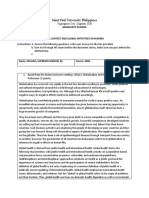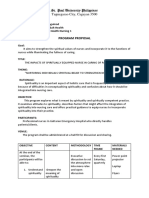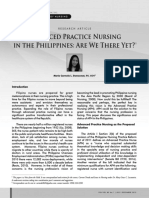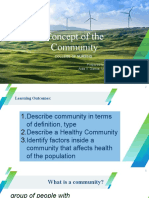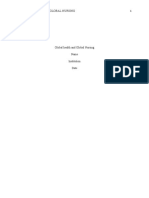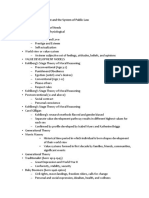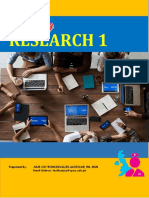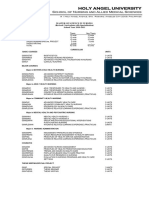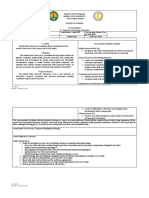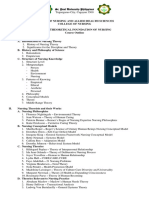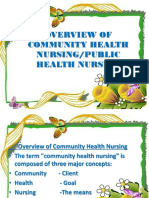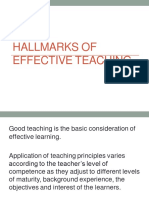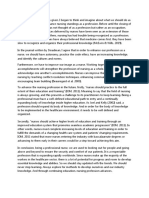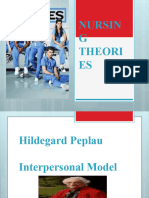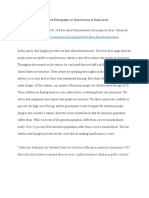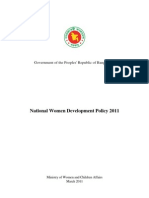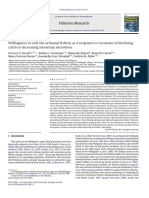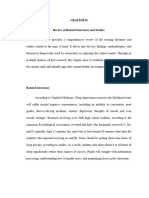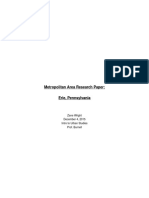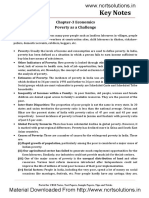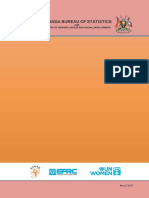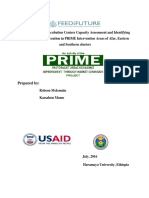0% found this document useful (0 votes)
366 views4 pagesGlobal Initiatives in Nursing
1. The document provides instructions for an assignment on the determinants of health and their significance to global health for a graduate nursing course.
2. The five determinants of health are listed as genetics, behavior, environmental/physical influences, medical care/social factors, and health services utilization.
3. Reasons why trends in nursing practice, education, and research are influential are discussed, including the growth of telehealth due to COVID-19 and the need for nursing faculty positions to focus more on preparing nurses for diverse roles and advancing science.
Uploaded by
christopher ian GonzalesCopyright
© © All Rights Reserved
We take content rights seriously. If you suspect this is your content, claim it here.
Available Formats
Download as DOCX, PDF, TXT or read online on Scribd
0% found this document useful (0 votes)
366 views4 pagesGlobal Initiatives in Nursing
1. The document provides instructions for an assignment on the determinants of health and their significance to global health for a graduate nursing course.
2. The five determinants of health are listed as genetics, behavior, environmental/physical influences, medical care/social factors, and health services utilization.
3. Reasons why trends in nursing practice, education, and research are influential are discussed, including the growth of telehealth due to COVID-19 and the need for nursing faculty positions to focus more on preparing nurses for diverse roles and advancing science.
Uploaded by
christopher ian GonzalesCopyright
© © All Rights Reserved
We take content rights seriously. If you suspect this is your content, claim it here.
Available Formats
Download as DOCX, PDF, TXT or read online on Scribd
/ 4
